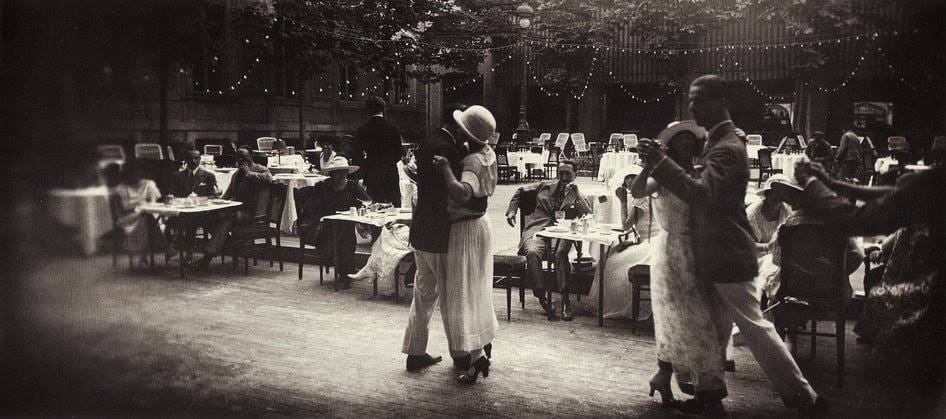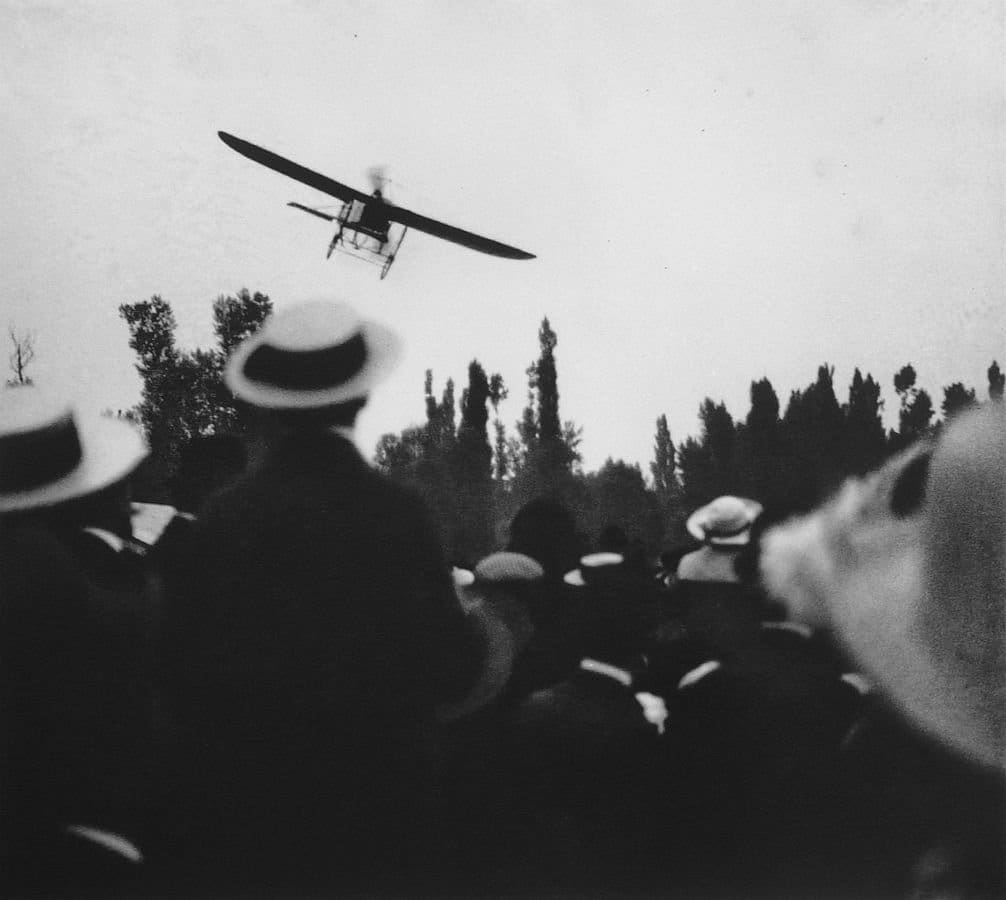Jacques Henri Lartigue (1894–1986) occupies a singular place in the history of photography. Often celebrated for his remarkable images of belle époque France, he began taking photographs as a child with a camera given to him by his father.
What is extraordinary is not simply his precocity, but the way his images capture the vitality of early 20th-century life.
While other photographers of the period pursued formal studio portraiture or documentary realism, Lartigue turned his lens to the intimate world around him—family, friends, leisure, and the emerging culture of speed and movement.
Early experiments with motion
His earliest photographs, taken in the first decade of the century, record automobiles, bicycles, and experimental flying machines in moments of exhilarating motion. They are astonishing for their freshness, demonstrating both technical daring and an intuitive grasp of how photography could visualize modernity.
Many of his images feature family members leaping, running, or balancing in elaborate homemade contraptions, offering an almost cinematic record of playfulness and invention. In this sense, Lartigue’s photographs are both documents of a privileged bourgeois milieu and an imaginative record of a world in transition.
Rediscovery and legacy
Lartigue did not pursue photography professionally until much later in life; instead, he painted and exhibited as an artist. Only in the 1960s, when his work was rediscovered and exhibited at the Museum of Modern Art in New York, did he gain wide recognition as one of the great photographers of the 20th century.
The belated appreciation underscores how his apparently “casual” snapshots anticipated many of the concerns of modern photography, from spontaneity and intimacy to the aestheticization of ordinary moments.
Today, Lartigue is celebrated for the joyous immediacy of his vision. His photographs offer more than nostalgia: they embody a childlike wonder at the possibilities of both life and the photographic medium itself.









Leave a Reply